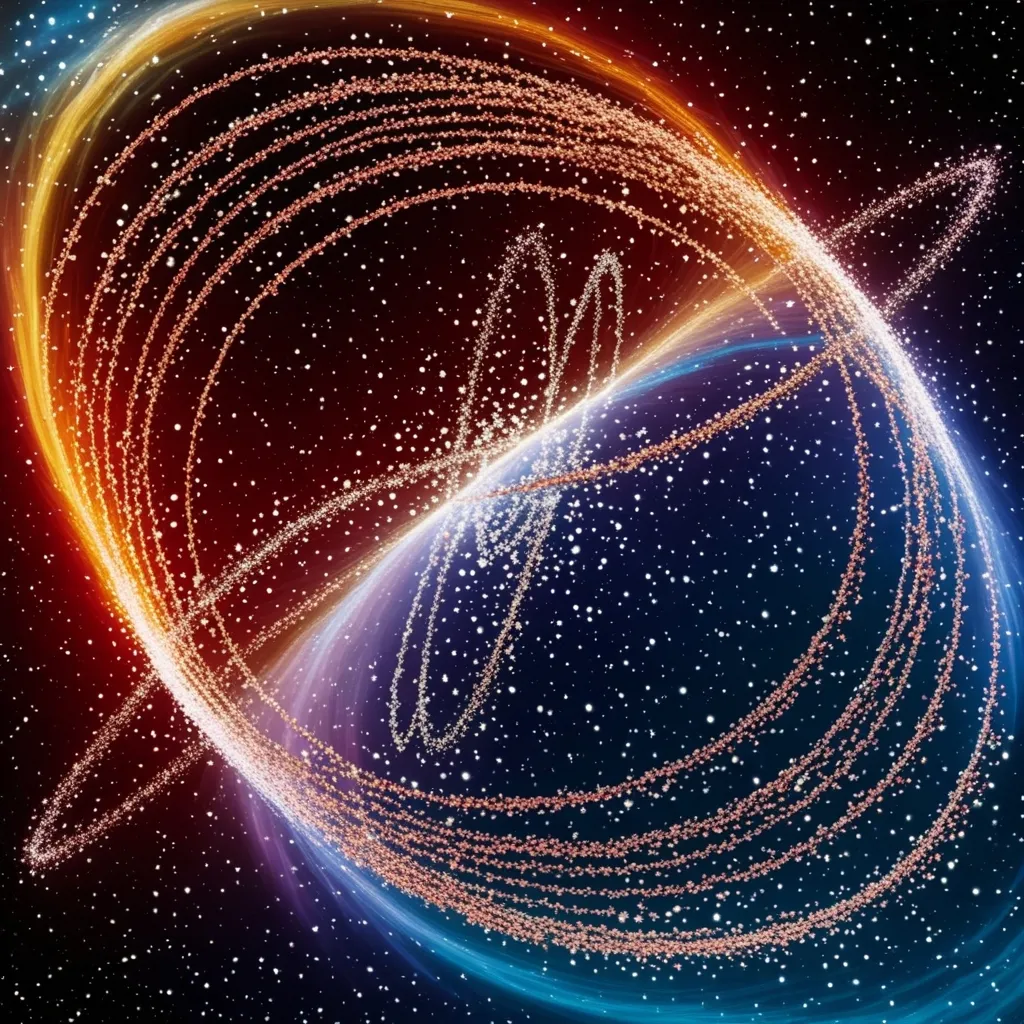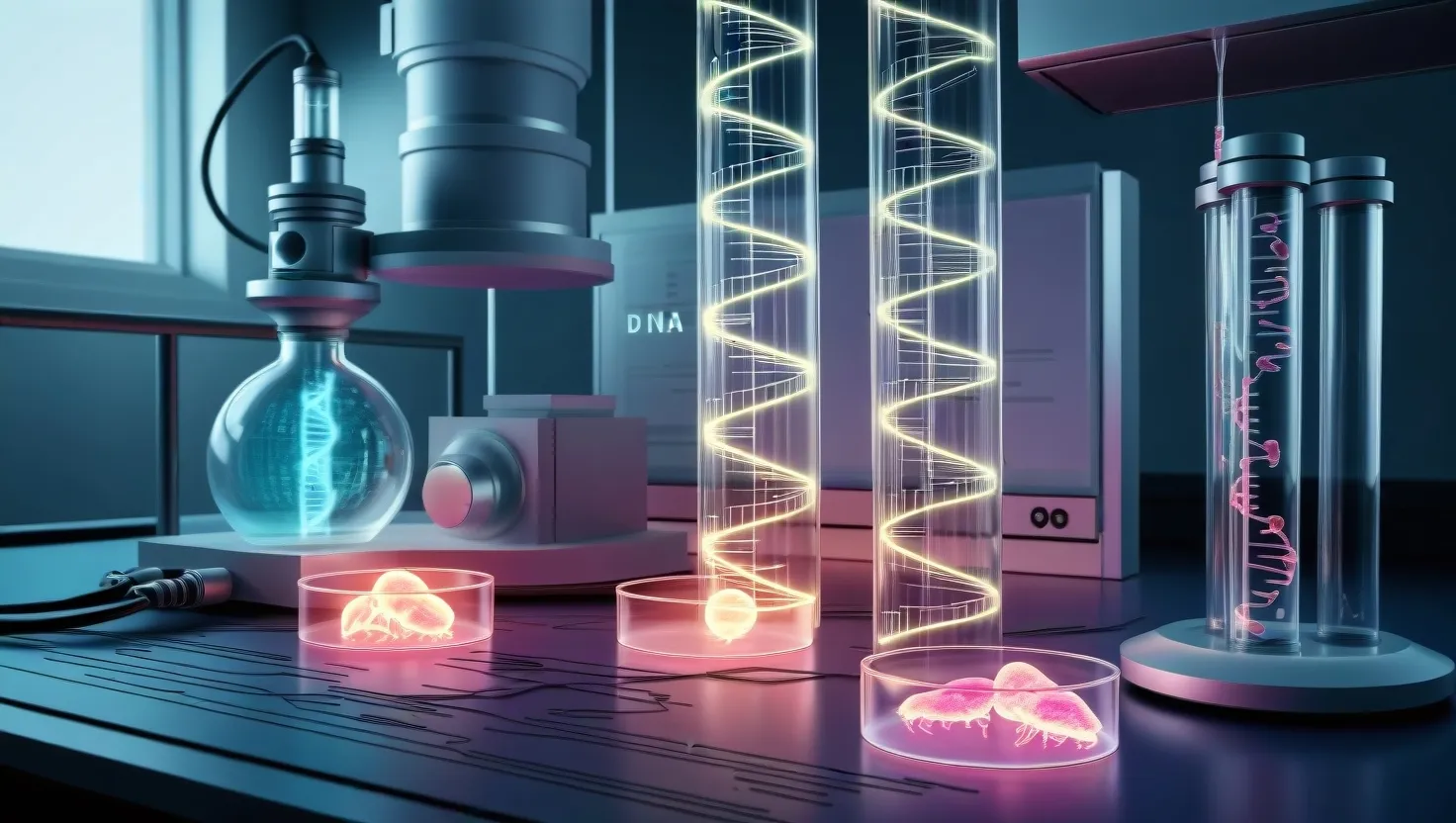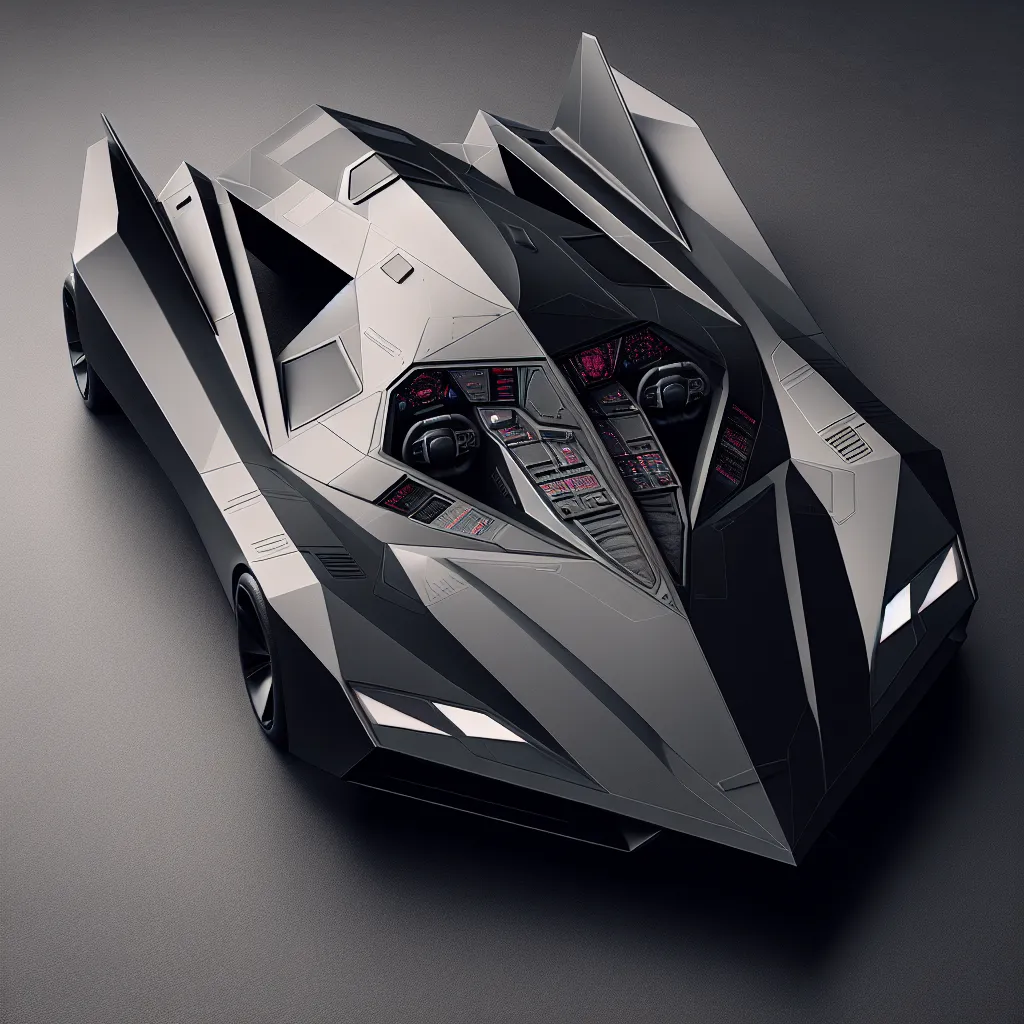Imagine a world where everything has a mirror image, but with one big difference: these twins aren’t quite the same. Welcome to the quirky universe of antimatter and matter, where each particle of matter has an almost identical counterpart, known as antimatter, mirroring its mass but flipping its charge. Think of it as the universe’s version of twin siblings, where one is the serious, rule-following type and the other is the free-spirited, opposite at every turn.
Let’s rewind the cosmic clock back to the Big Bang, about 14 billion years ago. Picture an explosive episode where the infant universe was bustling with matter and antimatter particles, playfully popping into existence. According to the Big Bang theory’s script, both should have appeared equally. In that scenario, they would have met, greeted each other with a universal hug, and poof – turned into energy, leaving behind a blank cosmic canvas. But that’s not quite how it happened. Instead, our universe is a gallery of matter, with antimatter suspiciously scarce, which leaves physicists scratching their heads and flipping through their cosmic notes.
In a bid to solve this stellar conundrum, scientists have turned the spotlight on the universe’s building blocks: quarks. These tiny entities come in exotic flavors like up, down, charm, and beauty. They team up to form lively particles called mesons, each a pair consisting of a quark and an antiquark. Researchers are particularly charmed by mesons with charmed quarks because these particles have recently shown a knack for bending the rules.
Case in point, folks at Syracuse University led by Professor Sheldon Stone had a eureka moment. They unearthed that D0 mesons (a blend of a charm quark and an up antiquark) and their antimatter alter egos, anti-D0 mesons, don’t decompose identically. This revelation, backed by the highest certainty, is like finding a clue in a cosmic detective story about why matter seems to have the upper hand.
Enter the story of CP violation, a piece of physics lore included in the Standard Model, a guidebook to how elementary particles play together. Here, the usually weak force of nature tosses fairness aside, treating matter and antimatter with partiality. Yet, this trait isn’t enough to account for the grand disparity seen in the universe. Imagine a coin that lands heads more often than tails because of some sneaky force – that’s akin to what might have occurred early in the universe, skewing matter’s way.
Scientists play cosmic sleuth at facilities like the Large Hadron Collider, a suburban neighborhood for high-brow particles at CERN. Here, protons meet in spectacularly energetic collisions, mimicking the youthful universe. Scrutinizing the dance of particles born from these collisions is like eavesdropping on the cosmos, seeking hints as to why matter is the overwhelming victor.
Look at the LHCb collaboration, turning the spotlight on neutral D mesons, these particles that yo-yo between matter and antimatter forms. Their researches say while the mesons spin, oscillate, and do much of what’s expected, it doesn’t crack the code of the major imbalance puzzle.
Even protons, humble building blocks in the cosmic game, can’t resist a moment of surprise. Composed of up and down quarks with fleeting matter-antimatter pairs, recent observations found a quirky skew in these anti-quark partners. Maybe there’s more in the strong force’s rulebook than we’ve previously known, posing a cheeky challenge to existing models of the proton.
The journey to untangle the matter-antimatter enigma rages on. Armed with cutting-edge tech, like machine learning, scientists extract patterns from massive datasets of high-energy collisions, seeking the tiniest changes in particle conduct. Emerging from this innovative milieu is Ethan Simpkins, focused on refining the Belle II detector’s trigger systems with machine learning to spot these differences as they happen.
Picture yourself at a cosmic casino where every deal creates matter and antimatter side by side. An even game would spit out balanced outcomes, but lo and behold, matter pulls ahead, turning the cosmos into a tale for detectives of the universe to decipher. A whimsical blend of matter and antimatter leads to an energetic bang—kind of what unfolded post-Big Bang. Yet, miracle of miracles, matter remains, defying odds akin to finding a lone, unpaired sock in a sea of matched sets.
Theoretical pen-wielders have drafted numerous scripts to unravel this asymmetry, yet no draft entirely clinches it. Some speculate an enigmatic force or unseen particle might have tipped the scales for matter in the early universe. Others toy with the multiverse theory, proposing that our neighborhood universe is simply one version among many, each with its peculiar matter-antimatter portfolio.
And so, the curtain remains half-drawn on one of the universe’s most captivating riddles—why matter rules the cosmic roost. Scientists are probing the depths with high-energy experiments and eagle-eyed observations, potentially unearthing new physics beyond the Standard Model’s current horizons. In this scientific odyssey, unlocking why matter overtook antimatter holds promises of answers reaching deep into our existence and universe itself. When the pieces fall seamlessly into place, it will mark a remarkable juncture in human understanding, unveiling cosmic secrets from the universe’s infancy and revealing the fundamental laws woven into its very core.






